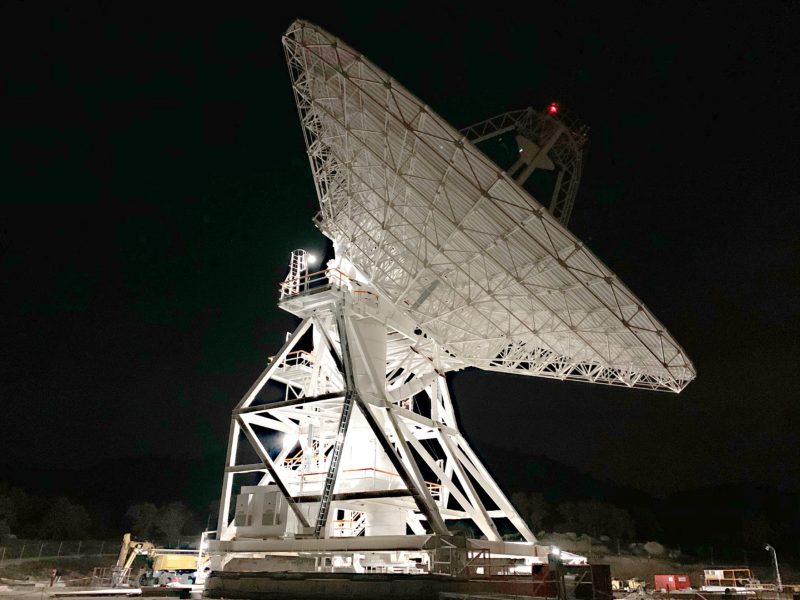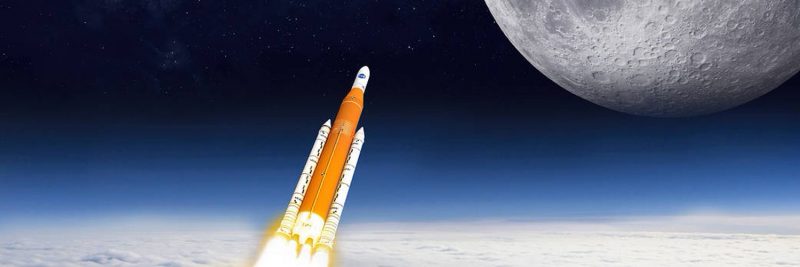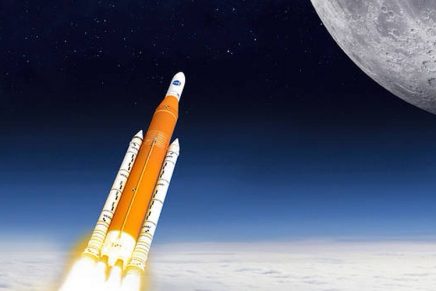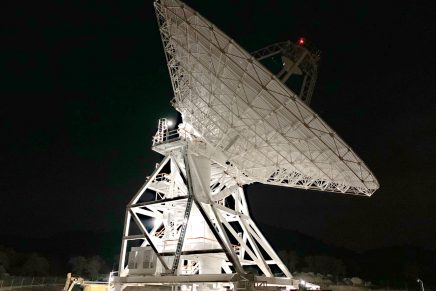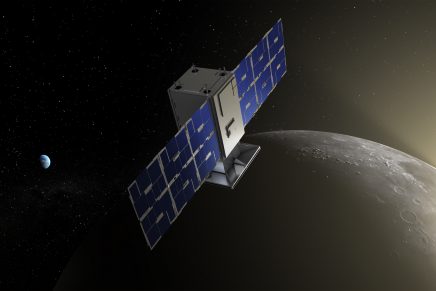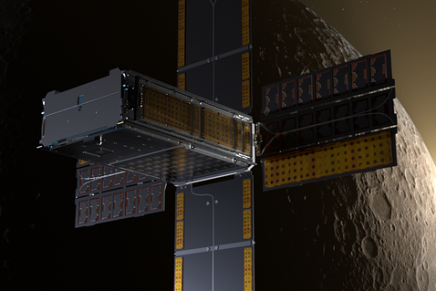On June 30th, 1908, a massive asteroid fell in Siberia, Russia. That is why the world observes an Asteroid Day on June 30th every year. After the asteroid exploded, it destroyed and burned several trees. It also killed reindeers and broke glass windows several miles away. Another asteroid explosion occurred in February 2013 in Chelyabinsk, Russia. Even if it did not cause loss of lives, about 1,200 people suffered injuries from pieces of broken glass and debris from damaged buildings. It is easier to enjoy gg bet casino and other good things in life knowing that we are safe from asteroids.
But the question most of us are asking is this: can we protect the earth from asteroids? A natural disaster like an exploding asteroid is not as easy to predict as a flood disaster. Regardless, NASA is addressing the issue through its Ames Research Center found in Silicon Valley. Its researchers want to measure the effectiveness of an asteroid that could be coming too close to the earth. With the aid of advanced computer simulations, these researchers hope to accomplish this and more.
Compared to asteroids, meteoroids are easy to identify as they splash across the sky at night. Except for a gust of bright light as they burn up, meteoroids cause no harm. They do not disturb NASA researchers as asteroids do. When passing by our planet, asteroids are hard to detect and track. Scientists who are working on ATAP (Asteroid Threat Assessment Project) have high-tech supercomputers. These are at Ames Research Center’s Advanced Supercomputing Division.
ATAP scientists are using a distinct blend of superior computer simulations to measure the damage that pieces of an asteroid would cause after striking the earth. At the same time, they want to know the exact types and sizes of asteroids that could pose substantial risks. And if they were to strike the earth, researchers want to know the most critical damage they can cause and plan for it.
Regarding asteroid disaster planning, scientists aim to know the odds of the occurrence to create the best mitigation strategies. Giant asteroids take ages to occur. Because of their rarity, it is difficult for ATAP researchers to have adequate data about their impacts. It is also not clear how dense and powerful all asteroids are. Thanks to Donovan Mathias, the leader of the NAS Engineering Risk Assessment team and ATAP, NASA has Near-Earth Object impact risk models.
According to NASA, it is possible to plan Asteroid risk assessment possible. Based on the size of an asteroid, and the date of detection, scientists can keep watch. However, their work is still a challenge because some dangerous NEOs are too dark to identify easily. Luckily, ATAP has a Probabilistic Asteroid Impact Risk tool that it is utilizing in its risk assessment scenarios. The tool can examine countless impact scenarios from asteroids of different sizes and traits.
To answer the question of whether there is something we can do to protect our planet from asteroids, NASA is making huge efforts. Only NASA and its brilliant researchers can identify heavenly bodies like comets, asteroids, and meteoroids because they have the equipment and expertise. Although they face some challenges, there is hope that soon they will have a breakthrough.


